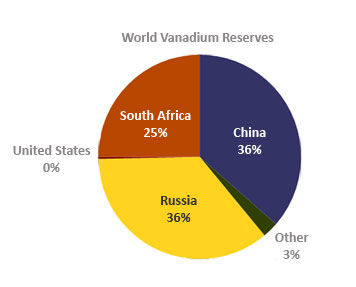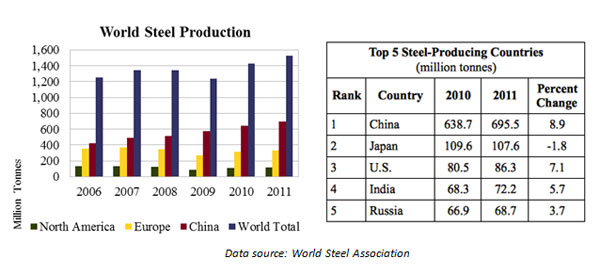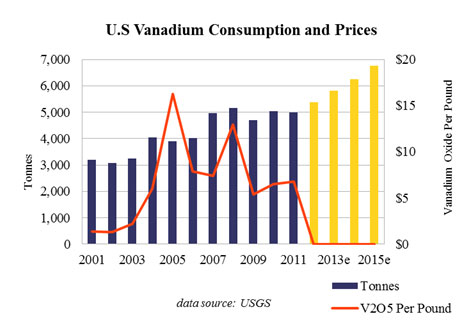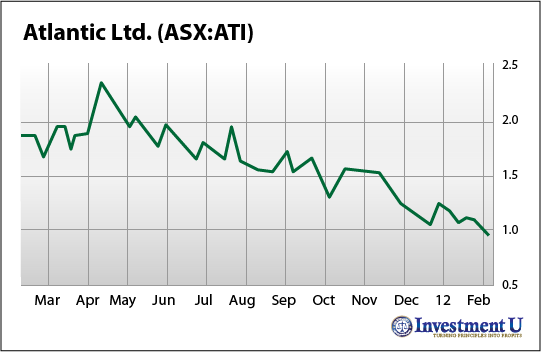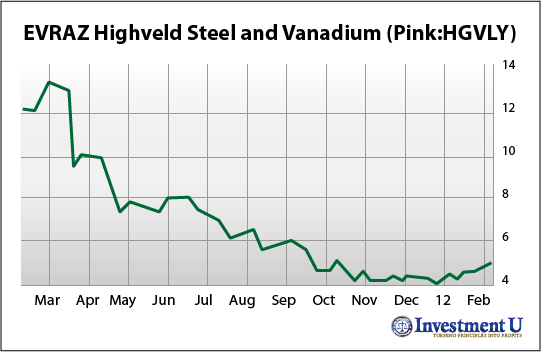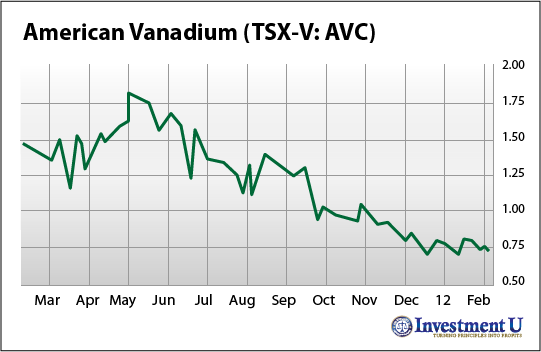By MoneyMorning.com.au
Canada is one of the few Western economies to have rebounded strongly from the Great Recession.
Indeed, in some ways it’s as if it never happened. Annual output has surged above the previous peak in 2008. The trade surplus in December rose to a three-year high. And all the jobs that were lost during the downturn have been recovered.
What’s more, Canada has managed to pull this off without spending money like mad. This year’s government budget deficit (the shortfall of tax revenues against state spending) will only be about 2.5% of GDP.
And in fact, the final figure looks set to be even better than official forecasts. Compared with the near-double-digit deficits that seem the norm these days, that’s quite remarkable.
There’s just one problem. The country has been inflating its own massive housing bubble. This could undo all the good work done elsewhere – and present smart investors with some profit opportunities…
Canada’s House Price Bubble is Set to Burst
House price mania has been a major feature of the global economy over the last ten to 15 years. Canadians joined the party several years later than their counterparts in other Western countries. The early-1990s recession was still taking its toll on the country’s dole queues, and also on its domestic property market, right through to the middle of the decade.
But as interest rates tumbled, Canada caught the bug just like everywhere else. And how. The ‘real’, i.e. inflation-adjusted, price of the country’s homes has increased by an average of 85% since 1998.
Sure, house values stagnated at the height of the financial crisis in 2008. But by 2009, property prices were back on a roll, rising by almost 20%. Canada’s current housing boom has now become one of the longest lasting in the world, says the Bank of Nova Scotia.
Indeed, Vancouver is the second-least affordable city anywhere on the planet, according to the annual report from the Demographia International Housing Affordability Survey 2012.
Like every other housing bubble, it’s been inflated by loose credit. Canadian household debt hit a new high last year. The average borrowing burden of Canadian families now stands at 153% of disposable incomes, according to Statistics Canada. To put that in context, that’s almost as much debt as US households had taken on at the peak of their own housing bubble.
In other words, the warning signs are everywhere. Canada’s housing market is plagued by “overvaluation, speculation and over supply”, says Merrill Lynch. The Economist conducts a survey that compares house prices with the rents that property owners can charge. On this basis, Canadian residential property is overvalued by more than 70%. Even the central bank admits there’s a problem.
In short, the country’s property prices won’t be able to defy gravity for much longer. Canadian lenders, including Toronto-Dominion Bank last week, are already lifting home loan rates to try to cool off the housing market. That’s seen prices start to drop in some areas – and there’ll be plenty more of that to come.
Why? Because despite its great recent export performance – boosted by a nascent recovery in the US – Canadian economic growth is slowing down. Unemployment is on the rise again.
That means that even if the Bank of Canada can keep interest rates at their current low levels, Canadian households have no scope to take on any more debt. If the dole queues get any longer, many homeowners may struggle to keep up with their existing payments.
What’s more, as we’ve written about several times, the omens for commodity markets this year aren’t good. If China really does slow down as much as we expect, raw material prices could be set for a lengthy period in the doldrums.
As we explain here, the Baltic Dry index of shipping rates is also pointing to a drop in demand for raw materials. Again, this would be bad news for Canada’s export-driven economy. In turn, that would hit the country’s housing market even harder.
Sounds familiar? If you’re a regular reader, it will be. Because we said something similar about Australia’s housing bubble recently. And with the housing bubbles set to burst in both countries, our advice is along the same lines.
A country’s – or region’s – currency is a useful barometer of investor confidence: just look at the eurozone. The Canadian dollar (CAD) is also known as the loonie (after the picture of the common loon bird on the reverse).
As markets begin to ‘price in’ what slower Chinese growth really means for commodity prices, the loonie is likely to come under pressure. A housing market crash would drive it down much more.
David Stevenson
Associate Editor, MoneyWeek (UK)
Publisher’s Note: This article first appeared in MoneyWeek (UK)
From the Archives…
Picking the Big Investment Story for 2012
2012-02-10 – Kris Sayce
Attention: If You Have Australian Bank Stocks – Sell Them Now
2012-02-09 – Kris Sayce
Why This Bearish Indicator Means it’s Time to BUY Stocks
2012-02-08 – Kris Sayce
Why The RBA Uses The Terms of Trade Indicator… And Why You Should Too
2012-02-07 – Greg Canavan
Why the US Unemployment Rate is a Slippery Statistic
2012-02-06 – Dr. Alex Cowie


![Retail Food Group [ASX: RFG] and Collins Foods Ltd [ASX: CKF]](http://www.moneymorning.com.au/images/mm20120215a.jpg)



 Euro continued its slide against the US dollar during the US session. Important data from US came as disappointing. The expected retail sales were expected to grow at 0.7% but the actual data came at 0.4%. The single currency lost the 1.3150 levels and printed a low of 1.3126. The low for the day of 1.3127, formed during the European session is almost respected. It has since then come above the 1.3150 and is currently trading around that level still down quarter a percent. The support may be seen at1.3100 and below at 1.3050. The resistance may be seen at 1.3250 and above 1.3210.
Euro continued its slide against the US dollar during the US session. Important data from US came as disappointing. The expected retail sales were expected to grow at 0.7% but the actual data came at 0.4%. The single currency lost the 1.3150 levels and printed a low of 1.3126. The low for the day of 1.3127, formed during the European session is almost respected. It has since then come above the 1.3150 and is currently trading around that level still down quarter a percent. The support may be seen at1.3100 and below at 1.3050. The resistance may be seen at 1.3250 and above 1.3210.

